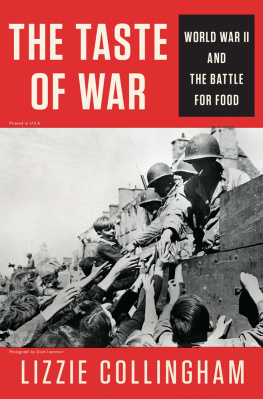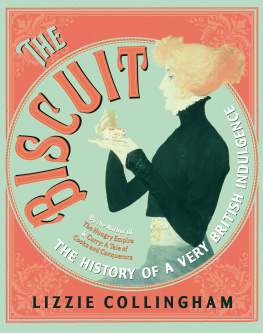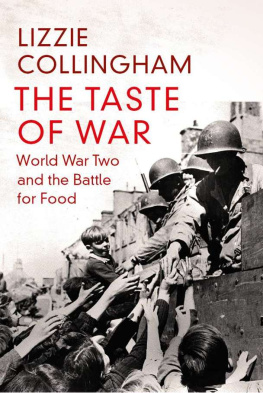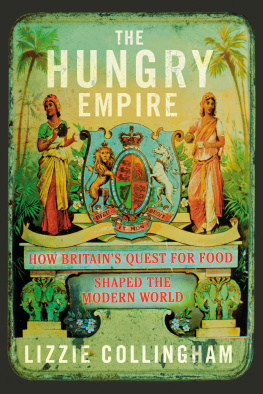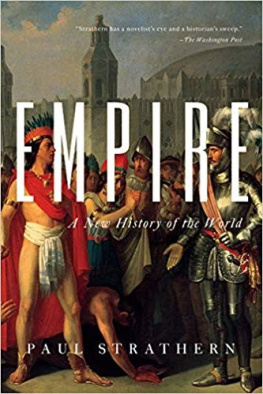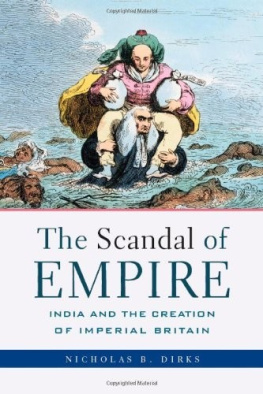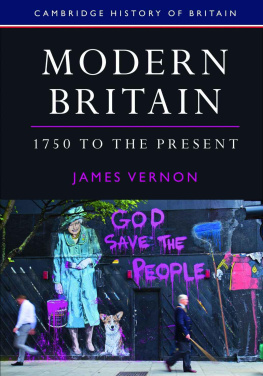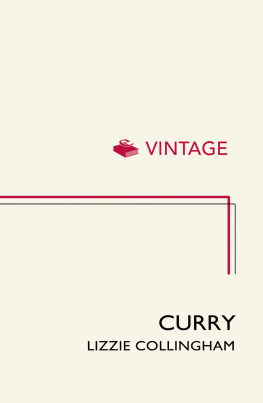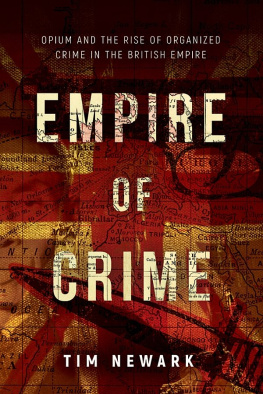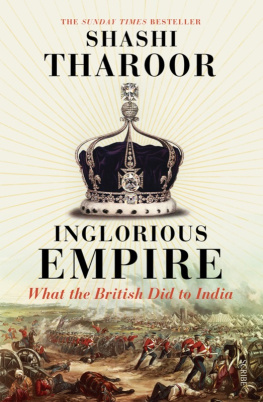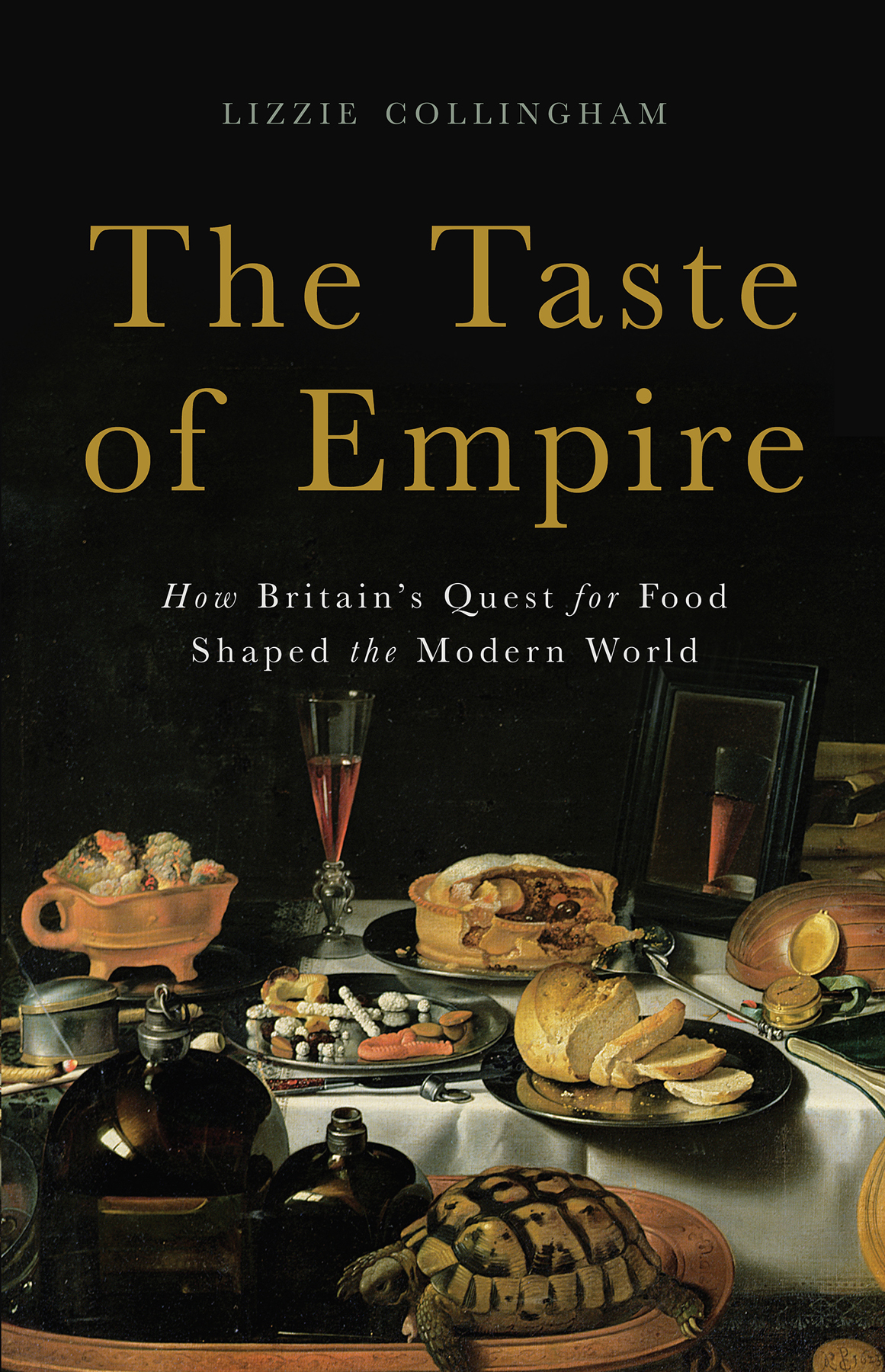Published in 2017 by Basic Books, an imprint of Perseus Books, LLC., a subsidiary of Hachette Book Group, Inc.
All rights reserved. No part of this book may be reproduced in any manner whatsoever without written permission except in the case of brief quotations embodied in critical articles and reviews. For information, address Basic Books, 1290 Avenue of the Americas, New York, NY 10104.
A catalog record is available from the Library of Congress.
A view of a stage as also of the manner of fishing and drying cod at Newfoundland, in Hermann Moll, A New and correct map of the world, laid down according to the newest discoveries (Canada, 17091720). Bridgeman Images.
Detail from The Kingdom of Ireland, in John Speed, The Theatre of the Empire of Great Britain (Thomas Basset and Richard Chiswell, London, 1676). Cambridge University Library.
The Seal for the Massachusetts Society for Promoting Agriculture, 1802. Photo Granger/Bridgeman Images.
Sugar refinery, in Jean Baptiste Du Tertre, Histoire Gnrale des Antilles Habites par le Franais (1667). Library of Congress, Washington DC.
John Raphael Smith after George Morland, The Slave Trade, 1791. Yale Center for British Art, Paul Mellon Collection.
Richard Houston, Morning, 1758. Yale Center for British Art, Paul Mellon Collection.
Glaud and Peggy or The Gentle Shepherd, after David Allan, 1808. Yale Center for British Art; gift of Janet and James Sale, Yale.
Trade card of Hodson, tea dealer. The Trustees of the British Museum.
Alice F. Huger Smith, The sheaves are beaten with flails, Her little log cottage was as clean as possible, Gibbie and the oxen, A rice field flowed, The girls shuffled the rice about with their feet, Pounding rice and Fanning and pounding rice for household use, in Elizabeth Allston Pringle, A Woman Rice Planter (Macmillan, New York, 1913).
George Sala, A Life on the Ocean Wave, undated. Yale Center for British Art; transfer from the Yale University Library and the Yale University Art Gallery.
John Lewis Krimmel, bar room dancing. Library of Congress, Washington DC.
The Indo-Chinese opium trade: the stacking room at an opium factory at Patna. Private collection/photo Liszt Collection/Bridgeman Images.
James Ward, Cottage and farm buildings, undated. Yale Center for British Art, Paul Mellon Collection.
Man outside a hut in the gum fields, holding loaves of bread, Northwood brothers, photographs of Northland. Alexander Turnbull Library, Wellington, New Zealand.
Frank Cyril Swannell, Oil claim Survey camp at Kishe-neh-na Creek: cook frying venison, East Kootenay region, British Columbia, 1904. Courtesy of Royal British Columbia Museum, British Columbia Archives, Canada.
Sir Charles DOyly, A punca bearer, undated. Yale Center for British Art, Paul Mellon Collection.
George Baxter, The Reception of the Reverend J. Williams at Tanna the Day Before He Was Massacred, 1841. Yale Center for British Art, Paul Mellon Collection.
Tea Leaf Rolling trade card for Nectar Tea Co., nineteenth century. Private collection/ Look and Learn/Bridgeman Images.
The Old Room in Slumland, nineteenth century. Private collection/Bridgeman Images.
Victims of the Madras Famine, 1877, photograph by Willoughby Wallace Hooper. Private collection/Bridgeman Images.
A River Plate Meat Company butchers shop. Private collection.
Margaret Trowell, The African countryside as it is today and as it might be, in A. R. Paterson, The Book of Civilization, Part II (Longmans, Green and Company, London, 1935).
RAF cooks at their open-air kitchen at an advanced landing ground, Western Desert, North Africa, c.1941. Australian War Memorial, Canberra.
Britannia and Jonathan, Punch, 27 December 1856.
Can label for Ye olde English Plum Pudding, St George Preserving and Canning Company, 1940s. Alexander Turnbull Library, Wellington, New Zealand.
Colour plates
The fishing industry, Newfoundland, in Jules Ferrario, Le Costum Ancien et Moderne (Bramati G., 1820s1830s), Vol. II, plate 36. Private collection/The Stapleton Collection/Bridgeman Images.
West Indiesboiling sugar, George Grantham Bain Collection, Library of Congress, Washington DC.
Agostino Brunais, A Linen Market with a Linen Stall and Vegetable Seller in the West Indies, 1780. Yale Center for British Art, Paul Mellon Collection.
A Family Being Served Tea, by unknown artist, c.1745. Yale Center for British Art, Paul Mellon Collection.
Figures in a Coffee House, attributed to Joseph Higmore, c.1725 or 1750. Yale Center for British Art, Paul Mellon Collection.
William Simpson, The village well, 1864. Yale Center for British Art, Paul Mellon Collection.
William Alexander, Chinese sailor smoking in his junk, 1795. The Makins Collection/Bridgeman Images.
Frank Holl, Peeling Potatoes, c.1880. Yale Center for British Art, Paul Mellon Fund.
Interior of James Knights butchers shop in Christchurch. Alexander Turnbull Library, Wellington, New Zealand.
Two Maori Women preparing dinner at Ohinemutu, Rororua. National Library, New Zealand.
Coolies. Demerara, Photographs and Clippings of the West Indies, 1890. Houghton Library, Harvard University.
Coolies on board ship. Recently arrived in Demerara, Photographs and Clippings of the West Indies, 1890. Houghton Library, Harvard University.
Labels from tins of meat made by the James Gear Co., Wellington, New Zealand, 1890s. Alexander Turnbull Library, Wellington, New Zealand.
Bring food! shouted the small boy who had taken on the role of the white district officer.
In a village in north-eastern Rhodesia, a group of Bemba boys were playing at being Europeansone of their very favourite games. The main actor was lounging in a tangle of branches and bark rope, which stood in for a chair. During the course of the game he repeatedly called out for food until one of his playmateswho was acting as a servantobjected.
You cant ask for food again, he whispered, aghast. Weve only just brought it to you.
You know nothing about Europeans! his master immediately replied. That is just what they do all dayjust sit and call, Boy! Bring me food.
The Bemba, who ate only one meal at the end of the day, regarded as childish the European habit of constantly breaking off from an activity to take tea or some other refreshment. This scene, witnessed by Audrey Richards, an anthropologist who lived among the Bemba for several years in the early 1930s, stands as a metaphor for the relationship of Britain to its empire. Bring me food became a persistent demand.
This book tells the story of how Britains quest for foodstuffs gave rise to the British Empire. Each chapter opens with a particular meal and then explores the history that made it possible. Why were a Frenchman and a glamorous Afro-Portuguese woman sharing a pineapple in West Africa in 1698? How did a team of surveyors prospecting for copper in British Columbia in 1901 come to be eating Australian rabbit? What configuration of circumstances led a group of Afro-Guyanese diamond miners to be cooking an iguana curry in 1993? Every chapter tells an individual story, but they all link up in a narrative that reveals food as a driving force of empire.


